You are here
Vegetation reserve Aksu-Zhabagly.
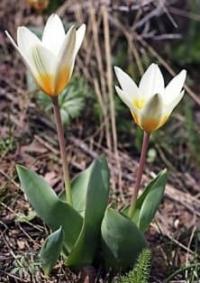
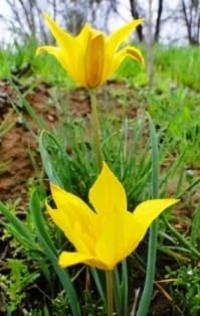
Tours in flora of reserve Aksu-Zhabagly.
“Flowers of different shades -
Either blue or red -
We are driven crazy by scents
Through the night a heady smell
Walks on soft paws
Breaks into closed houses"
Sultanmakhmut Toruaygyrov.
Adventure Tours reserve Aksu-Zhabagly.
By the nature of the flora and vegetation, the Aksu-Dzhabagly reserve is a typical section of the “southern mountains” of Central Asia, included. It consists of two vegetation districts - Mashat-Talas (Aksu-Dzhabagly region) and Chirchik-Chatkal (Badam-Keles region), the border between which runs along the Aksu River (Pavlov, 1980).
The flora of vascular plants of the reserve and its immediate surroundings includes more than 1,400 species belonging to 474 genera from 84 families. The flora of the reserve, like the entire Western Tien Shan, is relatively close in nature to the Pamir-Alai.
Western Asian and Eastern Mediterranean floristic elements are widespread here - in the understanding of E.M. Lavrenko (1938), such as ephedra, bulbous barley, feather grass, eremurus, ferula. The flora of the reserve includes about 300 rare species, and about half of them are endemic species of various species.
Actually, the western Talas endemics are more than 20 species. Approximately the same number of endemics with a wider range - common in the Talas Alatau and the western part of the Kyrgyz ridge or in the spurs of the more southern ridges of the Western Tien Shan: primrose Minkwitz, astragalus Abolina, etc. Plants that live only in Karatau or only in Western Tien Shan.
There are more than 30 relict species in the reserve. Of these, the Karelin willow requires special protection and further study. It should also be noted that species have fragmented habitats ranging from Kopet-Dag to the Western Tien Shan. About 30 plants of the reserve are included in the Red Book of Kazakhstan (1984), (1981).
The territory of the reserve is rich in medicinal plants: more than 200 species have healing properties to one degree or another. There are many decorative species that can be used for landscaping cities and towns. These are, first of all, drought-resistant, undemanding trees and shrubs - hawthorns, rose hips, honeysuckle, almonds and all types of juniper.
The technical plants in the reserve are also diverse. The flora of the region includes plants of various phenorhythmic types - ephemeral, short-growing and long-growing. Early spring ephemeroids are interesting, characterized by a short period of above-ground vegetation, a period of summer dormancy, and early formation of renewal buds - by the end of winter their generative organs are already fully formed, and above-ground vegetation begins immediately after the snow melts.
Most species belong to the group of mesophytes and xerophytes. The arid conditions of the area contributed to the development of various adaptations to reduce transpiration and reduce overheating. Other ways of adapting to drought are enriching plants with mucilages that bind part of the water (eremurus) and storing water in the leaves.
The reserve is extremely characterized by the inhabitants of rocks and screes. Examples of obligate psammophytes that live exclusively among rocks are crustose lichens and some types of mosses. The most characteristic and unique element of the reserve's vegetation is juniper.
Tall junipers occupy an area of about 9,000 hectares. In the northern part they are composed mainly of hemispherical juniper, in the southern part (the tracts of Aksu, Chuuldak, Darbaza) - Zeravshan. Tall-stemmed junipers do not form a continuous forest belt.
They are often interrupted meadows, meadow-steppes and steppes, and it is not always possible to say with sufficient confidence whether these are huge clearings in the juniper forest or the junipers themselves are islands among the vast steppes and meadows.
Tree juniper does not always look like a tree. So, in the northern part of the reserve, in the river basin. Dzhabagly, a hemispherical juniper, is relatively short-growing, no higher than 3-4 meters, and looks more like a bush: a short trunk almost at the ground turns into large thick branches.
Zeravshan juniper, growing in the southern part of the reserve, reaches 10 - 15 meters, and individual giants even 20 meters, resembling either a pine tree grown in freedom or a taiga spruce with branches broken by a storm. Such old trees have a very powerful trunk, 1.5 - 2 girths thick.
Tall-stemmed juniper never forms a closed forest. Individual trees are usually spaced 5 to 10 meters apart from each other, and their crowns do not touch. This is due to the unusual structure of its root system. Unlike many tree species, the roots of juniper do not go deeper than one to one and a half meters, but branch out horizontally, occupying a larger area the drier the habitat.
The projection of the juniper root system is always several times larger than the projection of the crown. Old trees with a crown diameter of 4 - 5 meters extend their roots in a diameter of 17 - 20 meters. At the base of the trunk they have huge supporting roots that resemble “paws”, which are most often bare. Juniper contains many deciduous shrubs.
Most often these are various types of honeysuckle, as well as cotoneaster, barberry, and rose hips. Directly under the juniper canopy there are accompanying shade-loving and forest species. All this characterizes the territory of the reserve as the northern section of the Western Tien Shan, bordering the desert.
At altitudes of approximately 2000 to 3000 meters above sea level, the subalpine belt is located. Its basis is made up of thickets of creeping Turkestan juniper and subalpine meadows, but on the steep southern slopes large areas are also occupied by steppe formations.
Creeping junipers occupy about 11,000 hectares here. At the lower border of this belt, such junipers form continuous impenetrable thickets of individual bushes up to 1.5 - 2 meters in height. As it rises into the mountains, the juniper becomes shorter, squat, and near the upper border of the belt it forms a kind of trimmed lawn 20 - 50 cm high.
The shape of such lawns, as a rule, is oval or round, and in the middle of it a bunch of taller deciduous shrubs - honeysuckle, currant or cotoneaster - stands out in contrast. This symbiosis of creeping juniper with deciduous bushes is extremely characteristic of the Western Tien Shan.
It is interesting that in such bushes there are up to 20 - 30 juniper trunks of various ages, heights and diameters. Mountain xerophytes (phrigana) in the reserve occupy small areas in the altitude range of 2200 - 3000 meters above sea level, on gravelly, dry, sun-exposed areas of the slopes.
Above 3000 meters above sea level, creeping juniper also disappears. This is an alpine belt, completely devoid of tree and shrub vegetation. The grass cover here is also poor. Grandiose rocks and screes, covered on the northern slopes with large firn fields and patches of glaciers - this is the general appearance of the Alpine belt.
Only on the gravelly areas of the slopes does stunted fescue vegetation sometimes develop. A closed carpet of low-growing grasses is found only on small alpine lawns, confined to melting glaciers and snowflakes. Seasonal rhythm of plant communities of protected shrub species.
Thus, over a 35-year period of continuous observations, 6 years were noted with an abundant harvest of fruits and berries and 6 with poor harvests, the remaining years were average. The productivity of the grass stand is distributed more evenly over the years - cycles of 9 - 12 years are observed, including periods of abundant, low and medium levels of development.
Mushroom yields fluctuate approximately the same way. Trees and shrubs in the reserve are sometimes damaged by wild animals: a bear often breaks branches of the Sievers apple tree, wild boars damage bushes and grass. Much greater damage is caused by snow avalanches, and in some years by flash floods with mudflows.
Sites for watching reserve Aksu-Zhabagly.
There is a good choice of interesting and original natural places to see, however, for the initial stage of our program development we propose you four the most famous sites. Traveling along the Aksu Canyon, Kshi-Kaindy and Ulken Kaindy Gorges, and visiting Kaskabulak Depression in high mountains you will find most of typical wildlife inhabitants of the Reserve, acquaint with rare, endemic and relict plants and animals and enjoy the variable landscapes.
If you will visit the Reserve in May you will wonder by huge area of wild blooming tulips. Among other species there is a famous Tulipa greigii named for its beauty and size “The King of the Tulips”. The density of Tulipa greigii in the Reserve is incredibly high and reach 20 specimens per 1 sq.m.
Tulips in Aksu-Zhabagly. Aksu-Zhabagly can be called the kingdom of tulips. From six species of tulips on the territory of the reserve, four species are the forefathers of many cultural varieties. These species are in the Red Books of Kazakhstan, Russia and Uzbekistan. Tulips are widely spread in the reserve; they usually flower from April to August making the mountainous landscapes very beautiful.
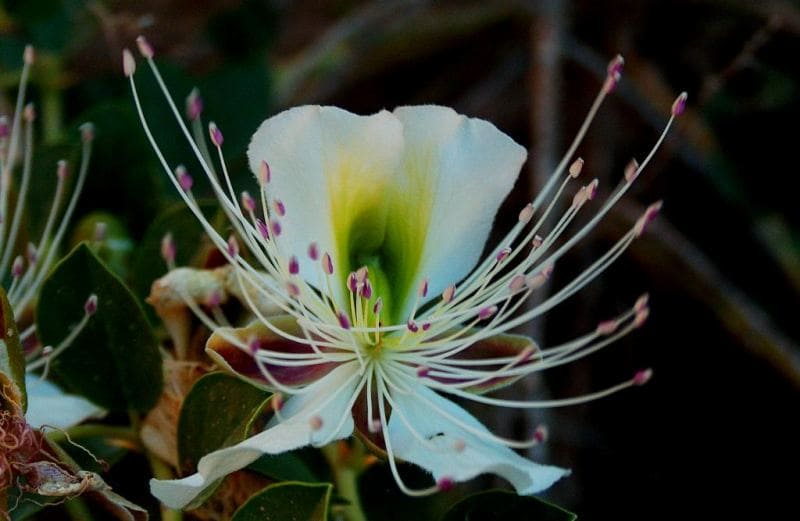
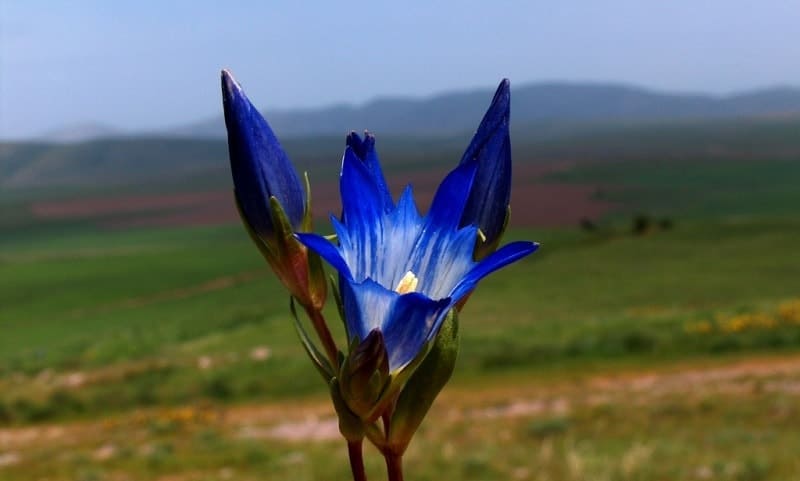
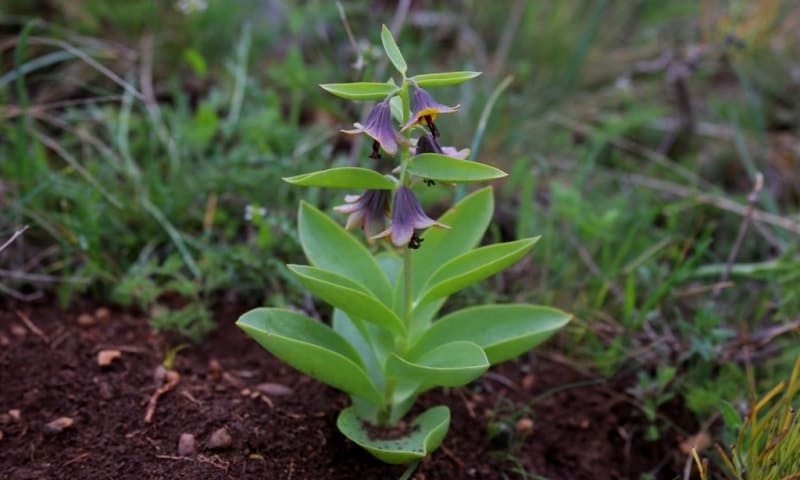
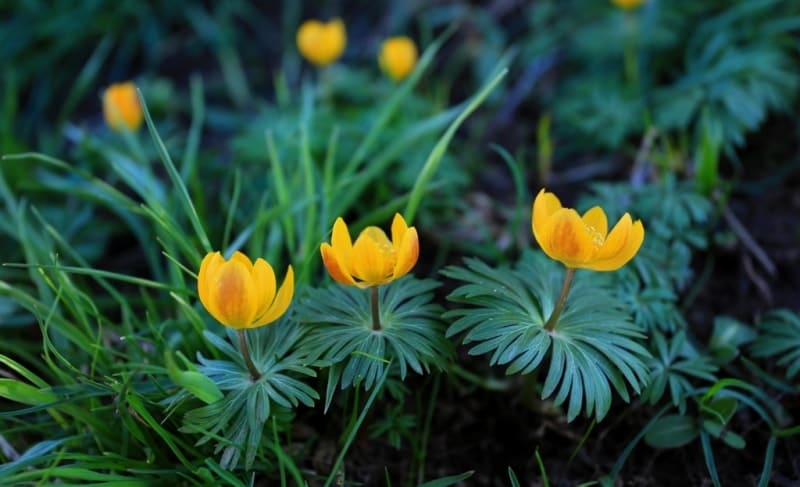
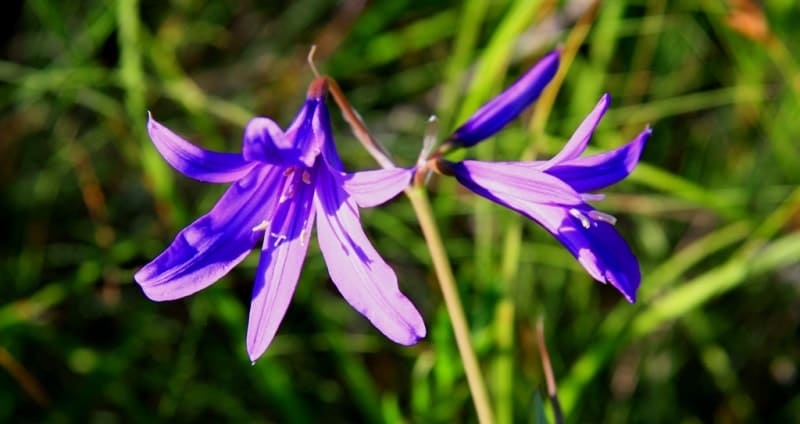
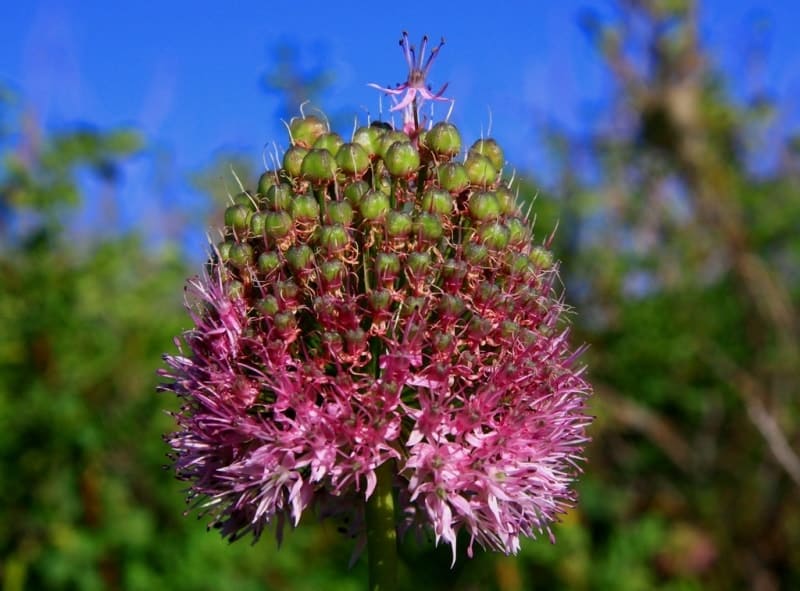
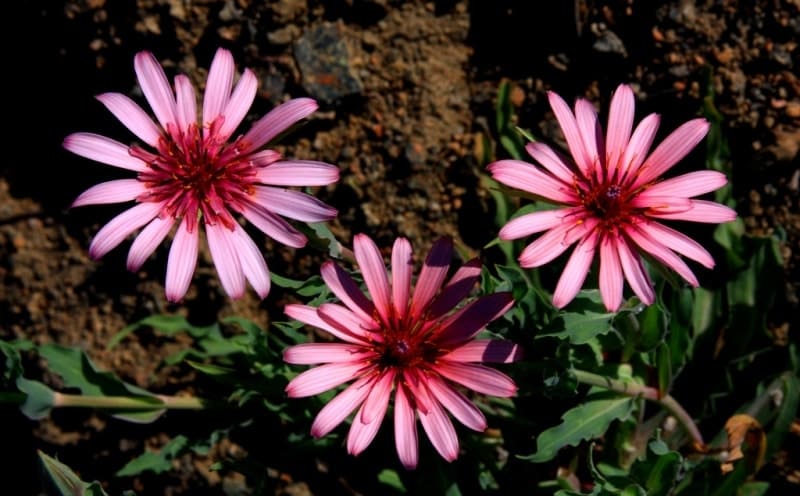
Authority:
Reserves of Central Asia and Kazakhstan. Almaty, Kazakhstan, 2006. Under the general edition of R. Yachenko. The international union of wildlife management IUCN - The World Conservation Union. Geographical features (on Kerteshev, Vagapov 2001). Reserves USSR. Reserves of Central Asia and Kazakhstan. Moscow "Idea", 1990.
Photos by:
Alexander Petrov.







